We all have that one card. It's not the right fit for your deck, but you put it in anyway. It just speaks to you, and you'd like to give it a shot. But it doesn't make the decklists online for a reason, and soon you've begrudgingly cut it for a more effective card.
But it still calls to you from the binder. And one day, when you're feeling reckless, you start to build around that card, searching for a way to make it playable. You twist and turn and bend your deck to accommodate it, reveling in the novelty. You think, "Maybe I'll be the guy who discovers this card! Maybe they've all been overlooking it!" You shuffle it up at your next game night... and it falls flat on its face.
For some people, the introduction above was a painful read. It's precisely the experience you dread, full of frustration, failure, and the feeling that you've wasted your time. For others, it's all part of the process of enjoying the full range and depth of your card collection. It's the latter group that I dedicate this article to.
This is not a deck guide. It's hardly even a strategy session. There will be no deck lists, and certainly no proven results. Instead, this is kindling, the idea sparker that hopefully gets your mind going. These are the oddball concepts that have settled in the nooks and crannies of my brain; by sharing them with the *Flesh and Blood* community, maybe together we'll find ways to make them work- or just put them to rest once and for all!
Last time, we looked at the versatile ability on Dash, and explored alternative starting Items. This time, inspiration isn't coming from one card in particular, but rather it stems from comparing decklists- and the idea that, perhaps, the distinction between two strategies can be distilled to a handful of cards...
Flex Deckbuilding
As we sit with one more month to Monarch's release, there are 8 main classes in the game. Each of those classes has 2 weapons to choose from (with the notable exception of Ninja), which offer distinct strategic paths to pursue in deckbuilding and gameplay- to varying degrees of effect. Additionally, the card pools for those classes sometimes facilitate divergent strategies. At present, the following are generally considered to be the primary strategies available to each class:
- Brute: Tempo, Midrange, Control
- Guardian: Fatigue, Control. Midrange
- Ninja: Aggro, Control
- Warrior: Wide Aggro, Tall Tempo
- Mechanologist: Aggro, Midrange, Control
- Ranger: Tall Tempo, Wide Aggro, Disruption
- Runeblade: Midrange, Control, OTK
- Wizard: Combo, Control, OTK
For the majority of classes, the differences in strategies require different deck-building priorities, weapons, and equipment. They are essentially incompatible with one another. An Aggro Boost Dash focuses on a different card pool and resource plan than a Control Dash, and Dorinthea brings a lot more generic attacks (and possibly even Cintari Sabers) when she plans to go Wide. But for others, whether due to a lack of viable equipment or core cards that are essential to the class in all situations, the difference between one strategy and another is much less pronounced.
The idea here was sparked back in November by a discussion with user Grendel on the Flesh and Blood Discord, when they said,
"I think the best is going to be a midrange core with a transformative sideboard/playstyle to switch up in the matchups where you can't do the other. But that is some high level deckbuilding/experience with Runeblade that I haven't really got enough reps in to really decide... Since both the aggro and the control have some seriously bad matchups, IMO- different ones- but your trading out one glaring weakness for another. I've been doing a similar methodology in brute and I feel like it's taken my game into whole different level."
It resonated with me, as I had long felt that Runeblade's success or failure was defined by its pairings. As defined above, Runeblade has a few pathways for deckbuilding, each with its (vastly different) strengths and weaknesses. I often found myself trying to forcibly adjust my strategy in-game to engage the opponent in the method that was most effective against them.
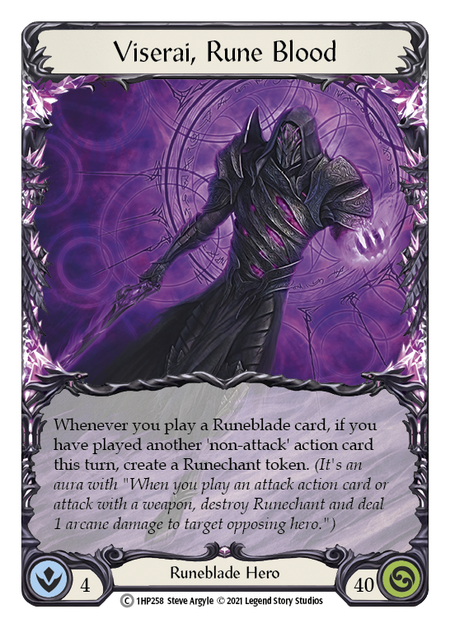
When I wrote about Runeblade back in my Young Hero series on FABDB, I noted the commonalities between strategies, essentially because Runechants are core to all of them. As such, any card that creates Runechants has universal application. Runechants are the strength of the Runeblade class. In more aggressive decks, they divide damage across two planes, requiring more cards to fully block them. In the slower control builds, they store damage away for later, compensating for the turns you take off from attacking. Runeblade decklists tend to start from a core, with the flavor of each strategy showing up later.
With this concept of Flex Deckbuilding, we are taking that core and adding two 'packages' that radically change how the deck functions. Essentially, we are repurposing the sideboard- or really, just thinking of it differently- as a space for the final flavor of the deck. I said that these articles weren't going to contain deck lists, but to help with conceptualizing, I think we'll need one here. I'm going to use my Flex Viserai decklist as an example, though it has very limited testing at this point so don't treat it as competitive gospel! With this deck, I am flexing between a more aggressive strategy and what I call 'off-tempo' (a gameplan that regularly takes turns off from attacking, but is much less predictable in its attack pattern than the 'One-Turn Kill' or Control variants that are commonly played).
Flex Viserai
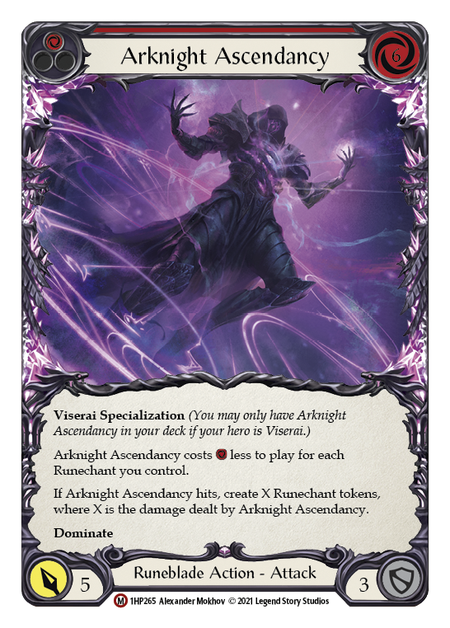
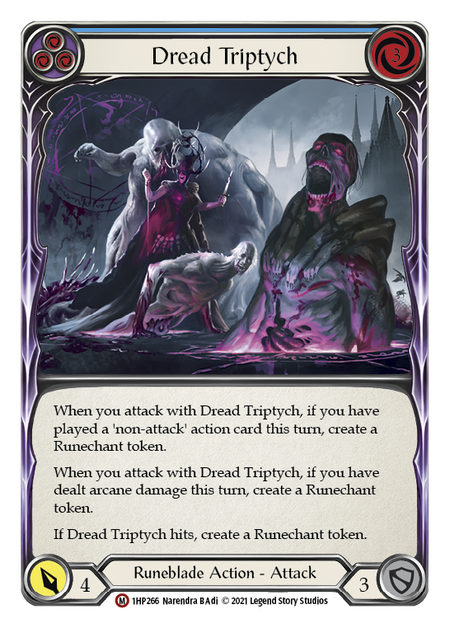


CORE (46)
(3) Amplify the Arknight (red)
(3) Arknight Ascendancy (red)
(2) Command and Conquer (red)
(3) Consuming Volition (red)
(3) Meat and Greet (red)
(3) Mordred Tide (red)
(2) Oath of the Arknight (red)
(2) Rattle Bones (red)
(3) Read the Runes (red)
(3) Reduce to Runechant (red)
(3) Come to Fight (yellow)
(2) Oath of the Arknight (yellow)
(2) Reduce to Runechant (yellow)
(3) Become the Arknight (blue)
(2) Dread Triptych (blue)
(2) Lunging Press (blue)
(2) Oath of the Arknight (blue)
(3) Spellblade Assault (blue)
There aren't many surprises in the Core. These are cards that have an established presence in most Runeblade builds. There's an assortment of key attacks (19), strong non-attack actions (20), 5 defense reactions, and my special spice, Lunging Press (pitches blue, and climbs to secure hits on both fronts with Meat and Greet / Consuming Volition). The Core deck's size was carefully determined to allow as much flexibility in the sideboard as possible. 46 cards means we need 14 more to hit that minimum 60. Two 14-card packages puts us at 74. Add in 6 pieces of equipment, and we're at 80 cards.


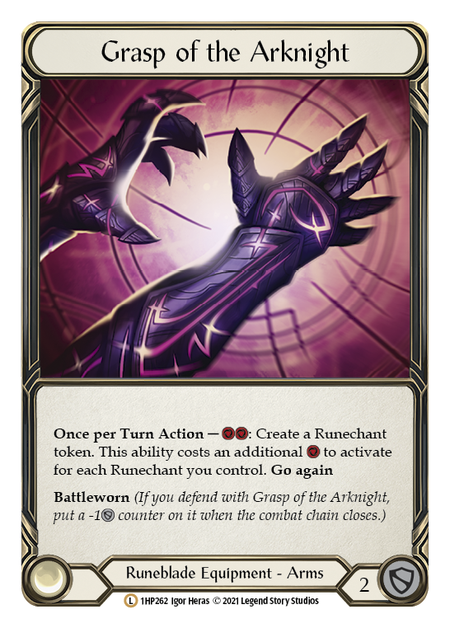
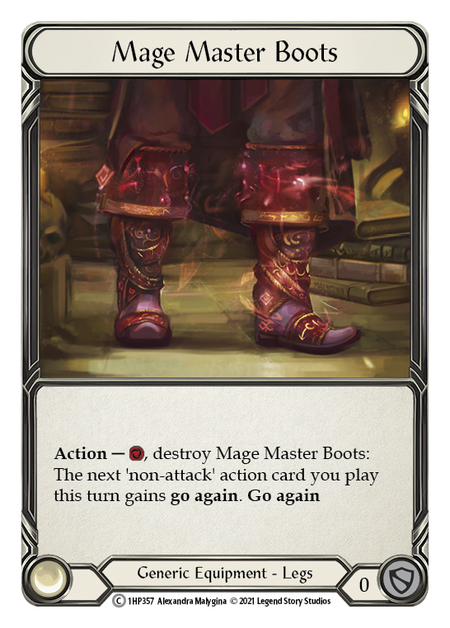
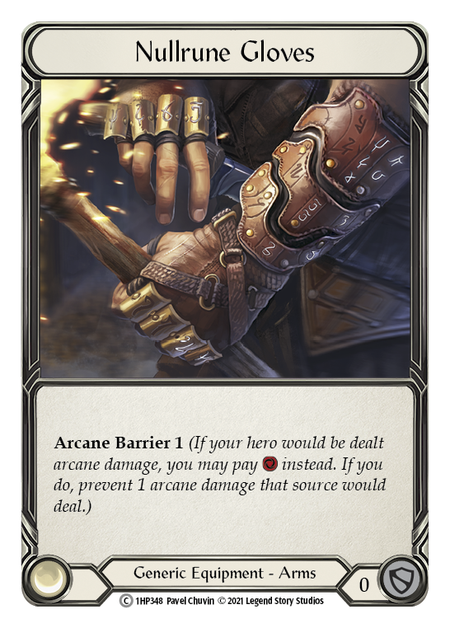
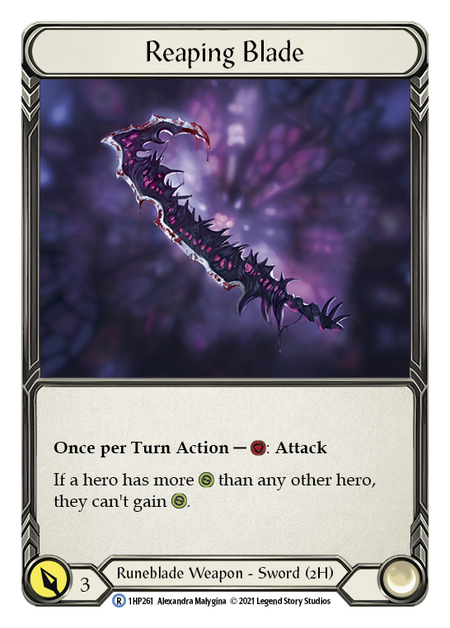
(Budget alternates for Grasp of the Arknight and Bloodsheath Skeleta: Goliath Gauntlet and Heartened Cross Strap. The latter is not ideal, but it works.)
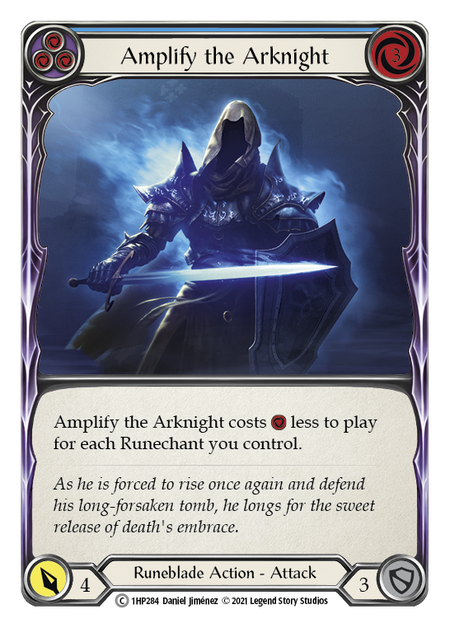


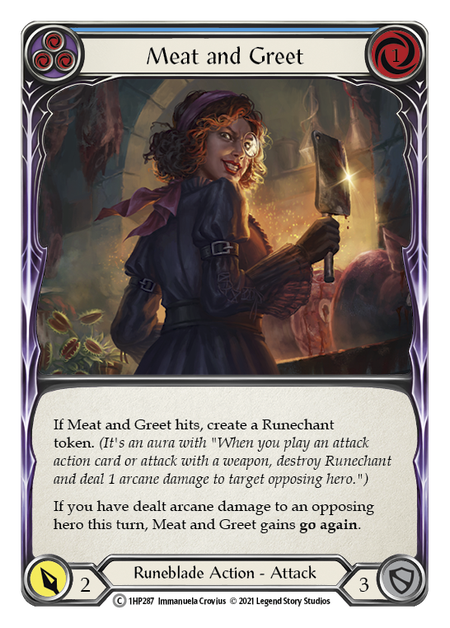
AGGRO PACKAGE (14)
(3) Mauvrion Skies (red)
(3) Rune Flash (red)
(3) Amplify the Arknight (blue)
(2) Consuming Volition (blue)
(3) Meat and Greet (blue)
Our first package adds 11 more attacks to our Core, giving us a total of 30 for an even split between attack and non-attack. Perhaps unconventionally, there are a fair number of Blue attacks in there- additional pitch is helpful as we try to play both a non-attack and an attack, or even two attacks, on many turns; and for those last 2 cards in particular, the damage being 2 or 3 isn't as relevant as the on-hit effect, which requires a block just the same.
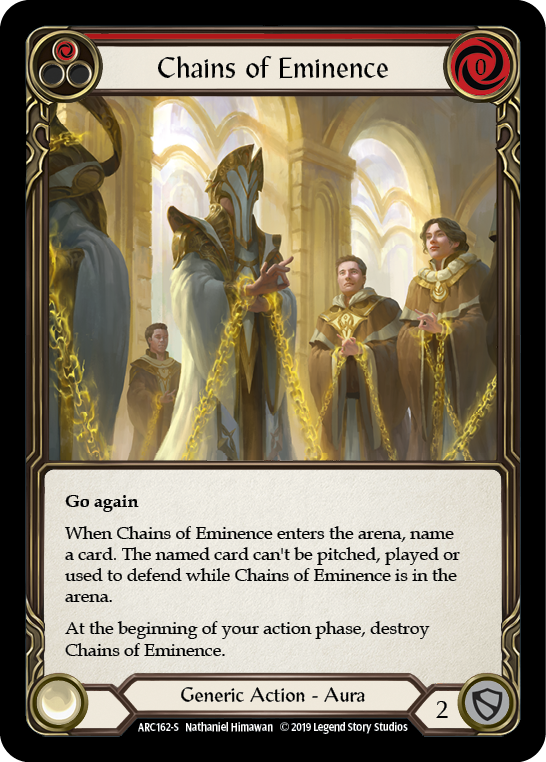
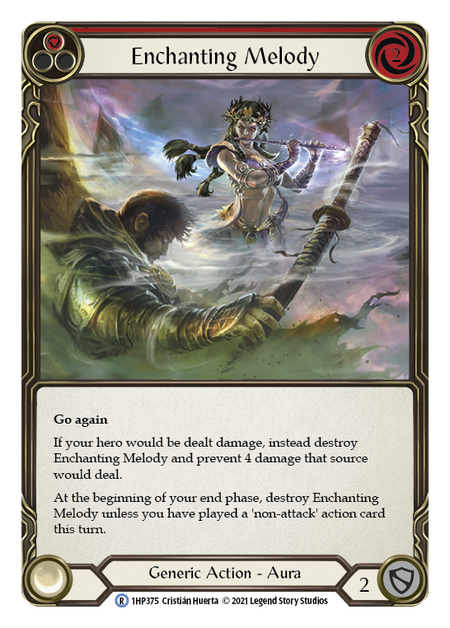
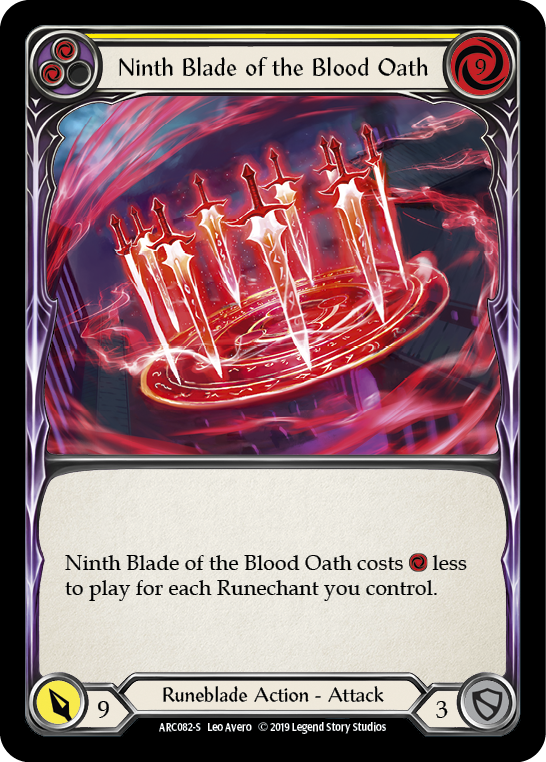

OFF-TEMPO PACKAGE (14)
(1) Chains of Eminence (red)
(3) Enchanting Melody (red)
(3) Ninth Blade of the Blood Oath (yellow)
(2) Read the Runes (yellow)
(2) Runeblood Barrier (yellow)
(2) Unmovable (blue)
(1) Gorganian Tome (undefined)
Our second package is more diverse, enhancing the stockpile strategy with 9 more non-attack actions and a pair of Unmovables. Ninth Blade is the only added attack here. More conservative players might opt for another copy of Read the Runes (Y) instead of Gorganian Tome, or if you're really confident in your ability to read an opponent's deck, a second Chains of Eminence might serve you well. Overall, the Off-Tempo deck is harder to pick up, and requires much more experience to play well.
Of course, you always have the option to Hail Mary and run all 74 cards, should fatigue look like a distinct possibility. At that point, your deck will play more like a midrange deck, though you'll find yourself drawing into occasional competing strategies (you may want to leave Ninth Blade out altogether and just play 71 cards).
Other Class Flexing
In writing this article, I reached out to Grendel to get more thoughts on their initial premise. I wondered what other classes they'd tried to Flex with. Grendel identified Brute and Guardian as both ideal for Flex builds- though to me, neither looked quite as pronounced in their transformation as Runeblade. Perhaps there are others yet to be discovered. After all, most decks include cards to be sideboarded- Flexing is simply a more drastic sideboard with the expressed purpose of shifting your strategy by degrees.
Have you played with this deck concept? Did this inspire you to make a decklist? Maybe you already see the fatal flaw in the premise? Please share any insights you might have! Comment below, or add your thoughts on Facebook.




